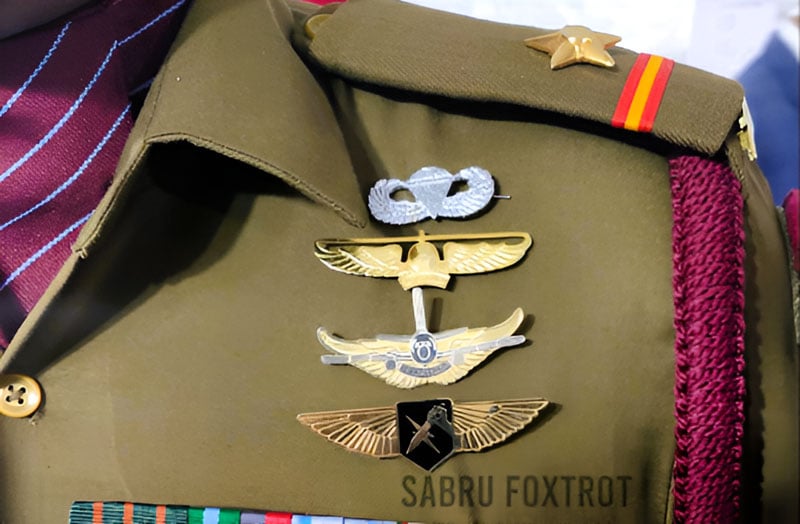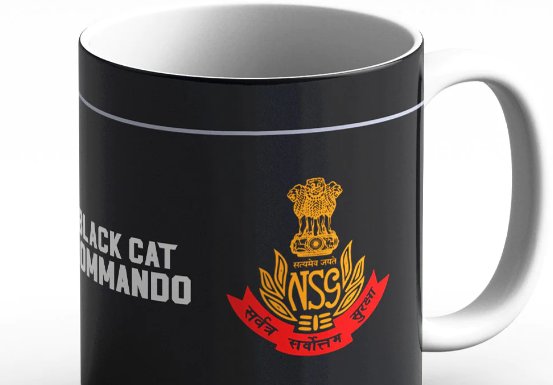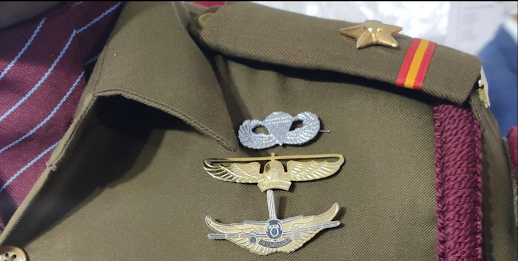The National Security Guard (NSG) Sky Marshal Badge represents a unique and highly specialized aspect of India’s elite anti-hijacking unit 52 SAG of the National Security Guard. The NSG, also known as the Black Cats due to their distinct black uniforms, was established in 1986 to combat terrorist activities and protect the country against internal threats.
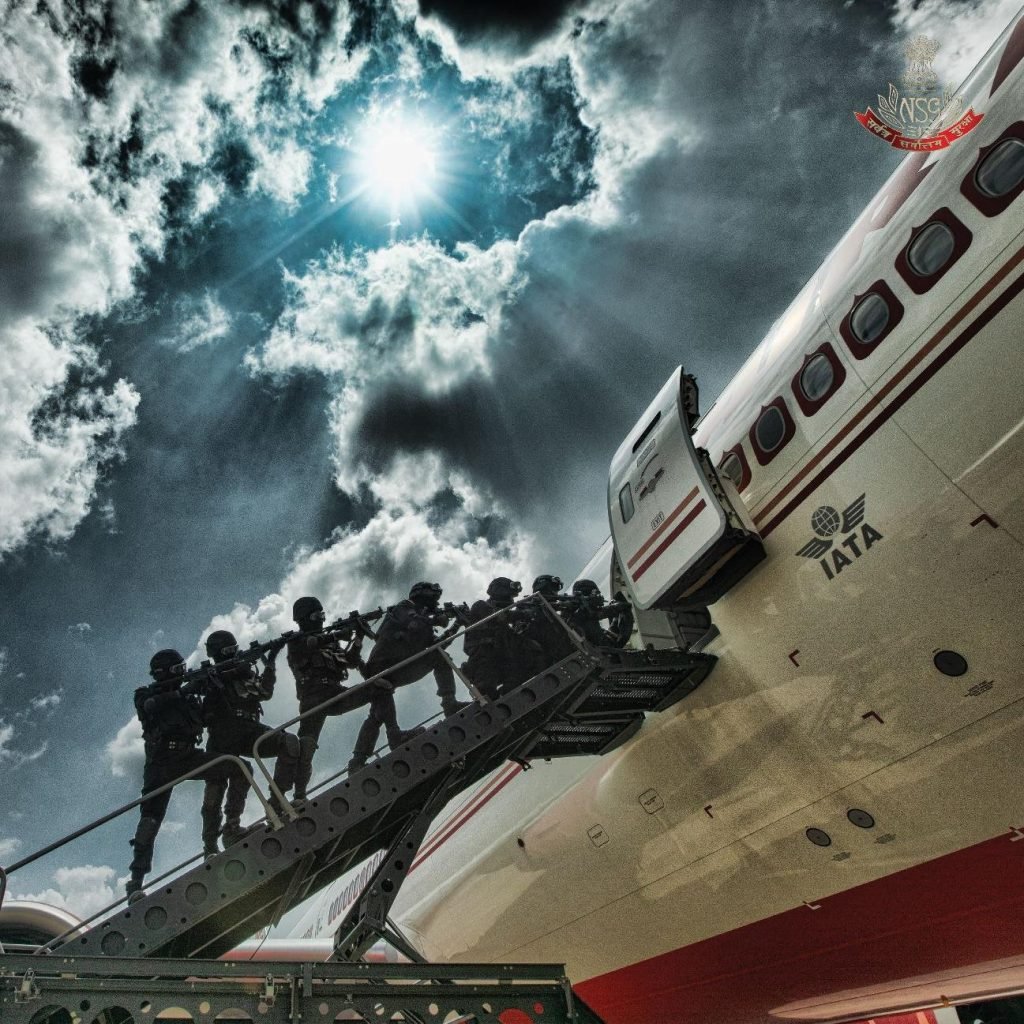
Within this framework, the role of Sky Marshals is a testament to the adaptability and comprehensive approach of the NSG in ensuring national security across all possible scenarios, including aerial threats.
The Role of NSG Sky Marshals
Sky Marshals are NSG operatives who are deployed on commercial flights to prevent and counter hijacking attempts and any other form of aerial terrorism. The concept of deploying security personnel in civilian aircraft gained prominence globally following several high-profile hijackings. In response to these threats, India’s NSG developed a specialized program to train select personnel to operate covertly as Sky Marshals, ensuring the safety of passengers and the security of aircraft during flights.
Training and Selection
The operatives selected for Sky Marshal duties undergo a rigorous selection process, drawn from the cream of the NSG, which in turn recruits from the Indian Armed Forces and Central Armed Police Forces. The training for Sky Marshals is specialized and comprehensive, covering aspects of close-quarter combat, behavioral analysis, crisis management, negotiation techniques, and proficiency with weapons that can be safely used aboard an aircraft. This training ensures that Sky Marshals are prepared to deal with a wide range of scenarios, from dealing with unruly passengers to neutralizing high-threat hijack situations.
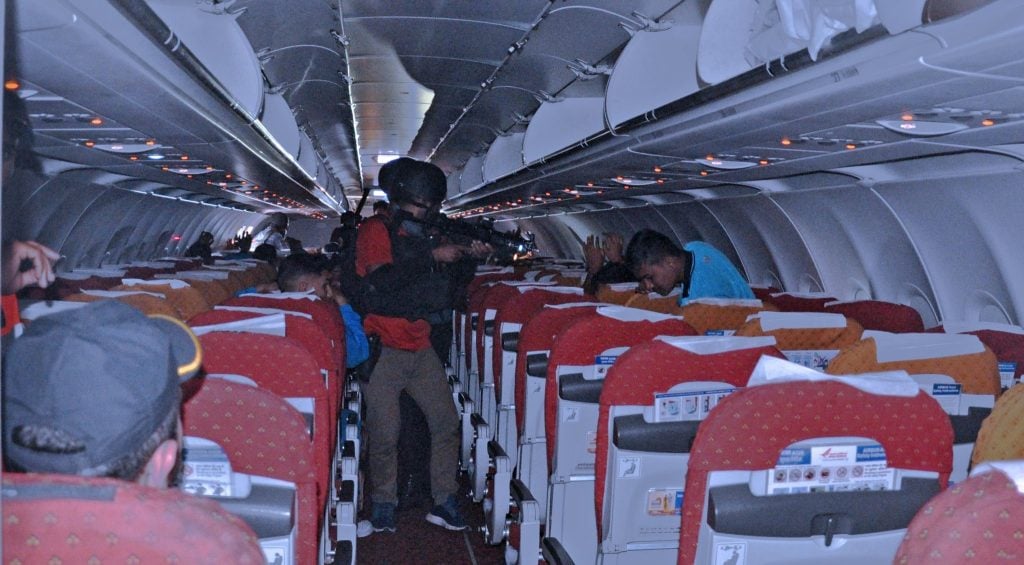
The Sky Marshal Badge
The Sky Marshal Badge is a symbol of honor, expertise, and the critical responsibility carried by NSG operatives assigned to protect the skies. While specific details about the badge’s design and symbolism are not widely publicized, it serves as a mark of distinction, identifying the bearer as a member of this elite group. The badge not only represents the operative’s elite status and specialized training but also their commitment to ensuring the safety and security of air passengers.
Operational Deployment
NSG Sky Marshals operate in secrecy, blending in with regular passengers to avoid drawing attention. Their presence on flights is known only to the flight crew and certain security personnel to maintain the element of surprise should a situation arise. This covert approach is critical for the effectiveness of Sky Marshals, allowing them to act swiftly and decisively without alerting potential threats to their presence.
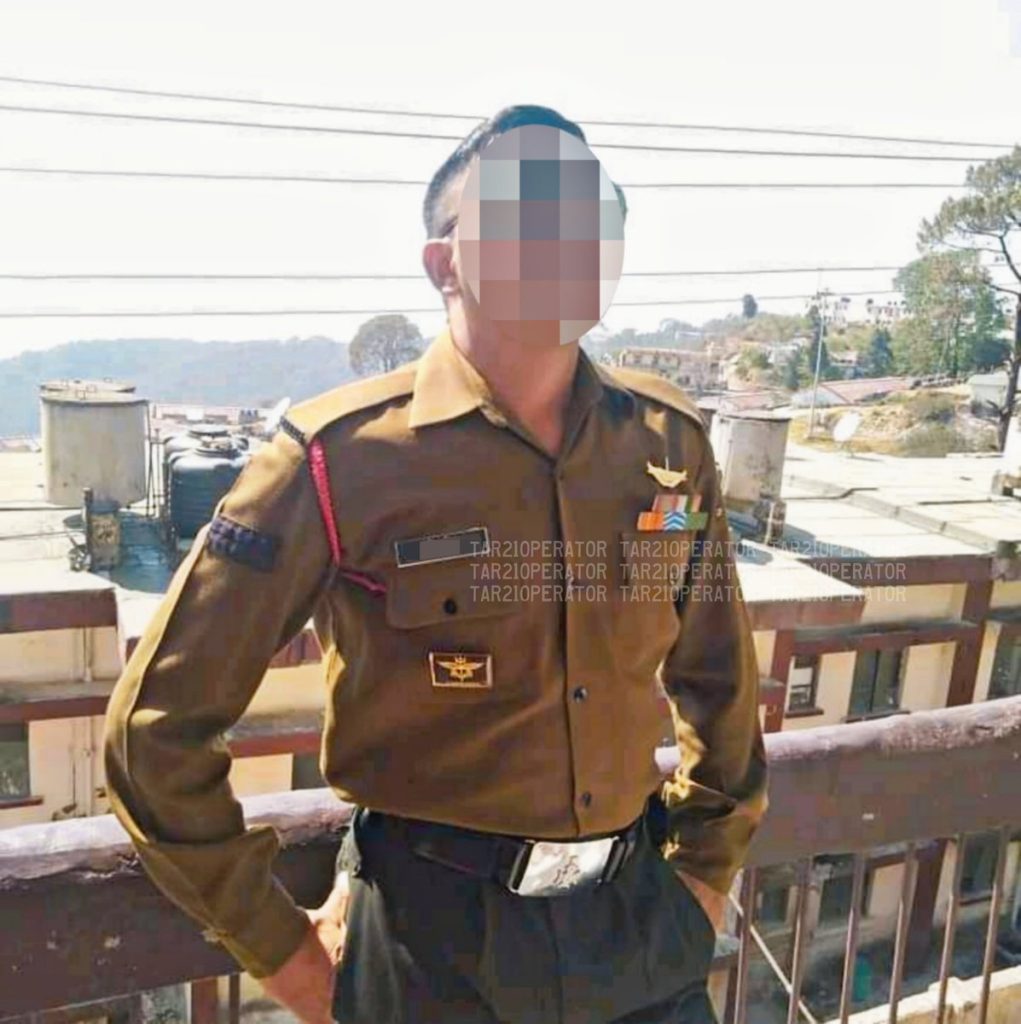
Equipment and Armament
Sky Marshals are equipped with weapons and equipment that are specifically chosen for use in the confined and sensitive environment of an aircraft. These include firearms with frangible ammunition that can neutralize a threat without endangering the aircraft’s structural integrity or the safety of passengers. In addition to their armament, Sky Marshals are also trained to use non-lethal means of subduing individuals when possible, minimizing the risk to all on board.

Challenges and Evolution
The role of Sky Marshals continues to evolve in response to the changing dynamics of global terrorism and advancements in aviation security. The NSG regularly updates the training and operational protocols of its Sky Marshals to address new threats and incorporate advancements in security technology and methodologies.
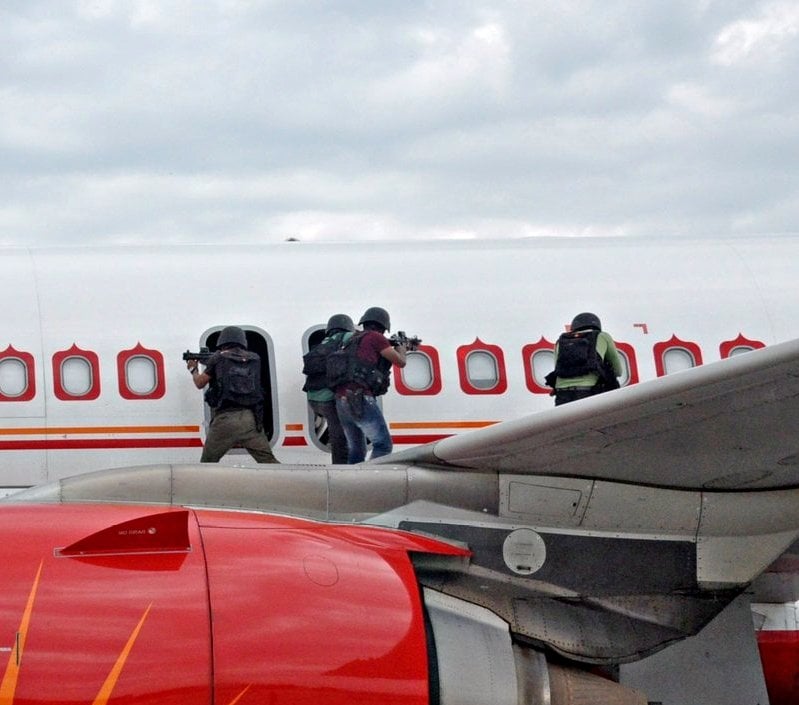
Conclusion
The National Security Guard Sky Marshal Badge symbolizes a critical aspect of India’s multi-layered approach to national security. It represents the dedication, skill, and bravery of those tasked with protecting the nation’s skies. As threats to aviation security continue to evolve, the role of NSG Sky Marshals will remain indispensable in ensuring the safety of air travel, reflecting India’s commitment to combating terrorism in all its forms.

